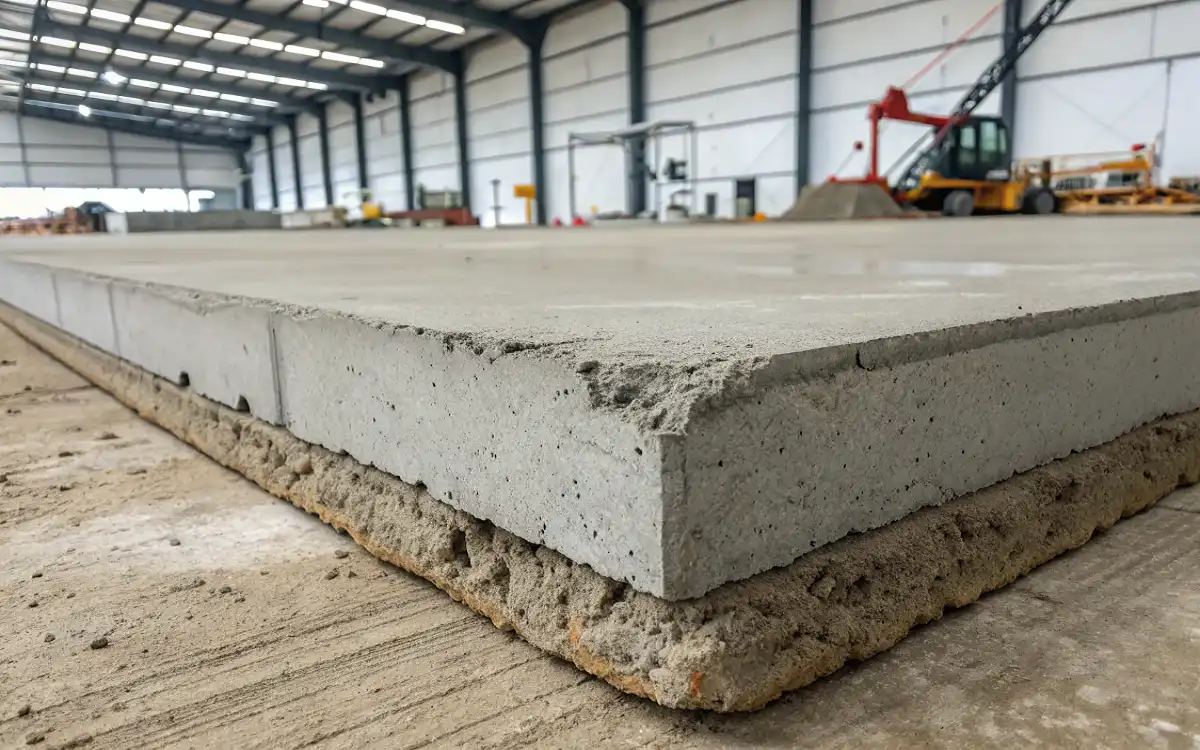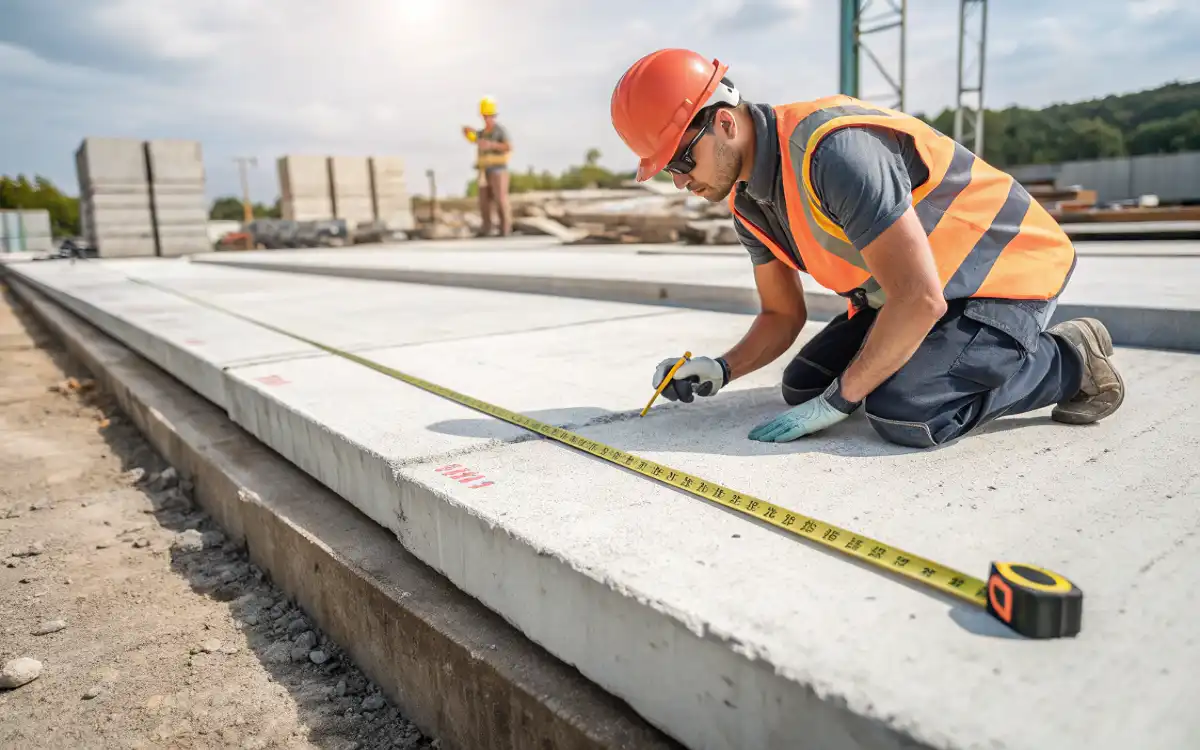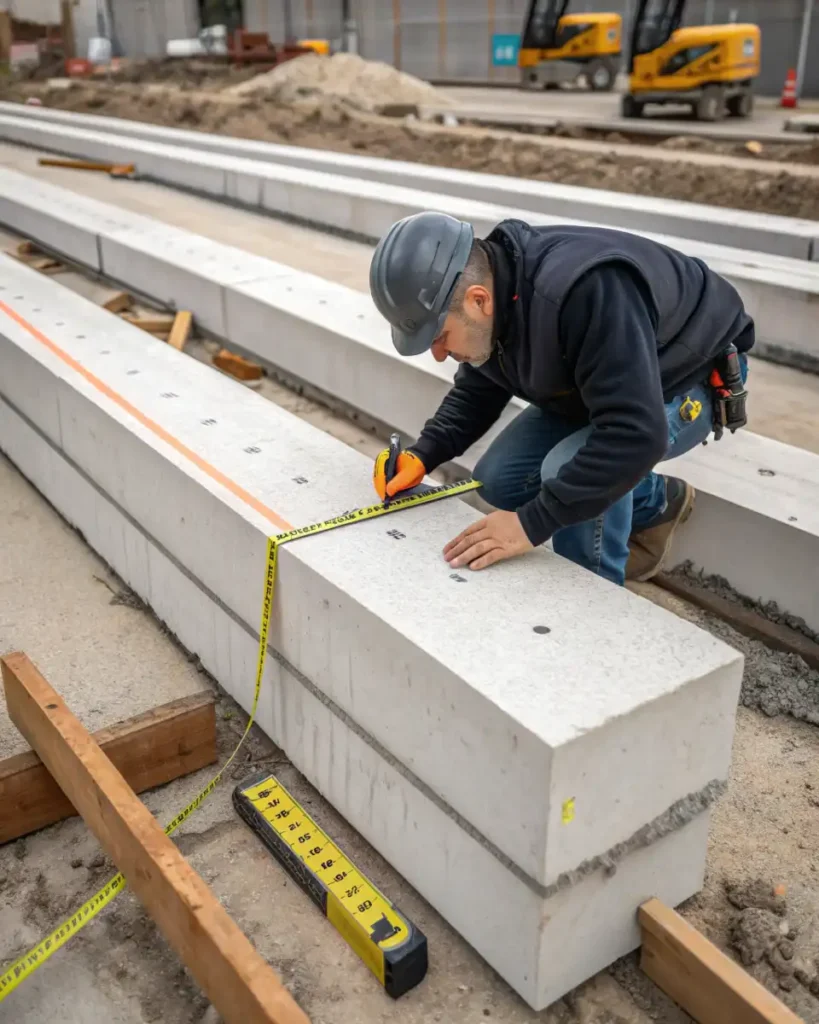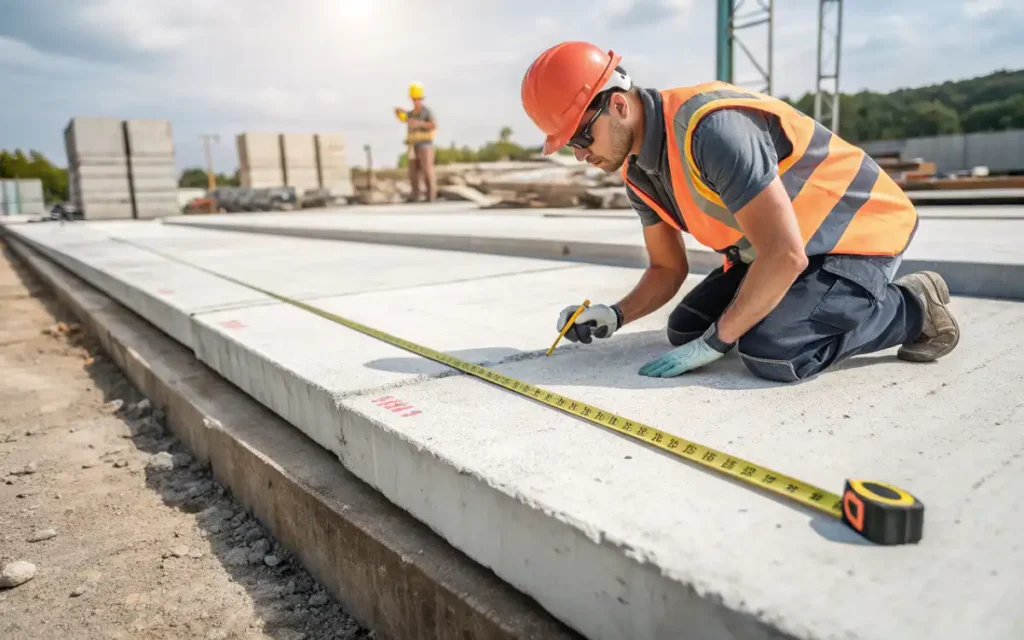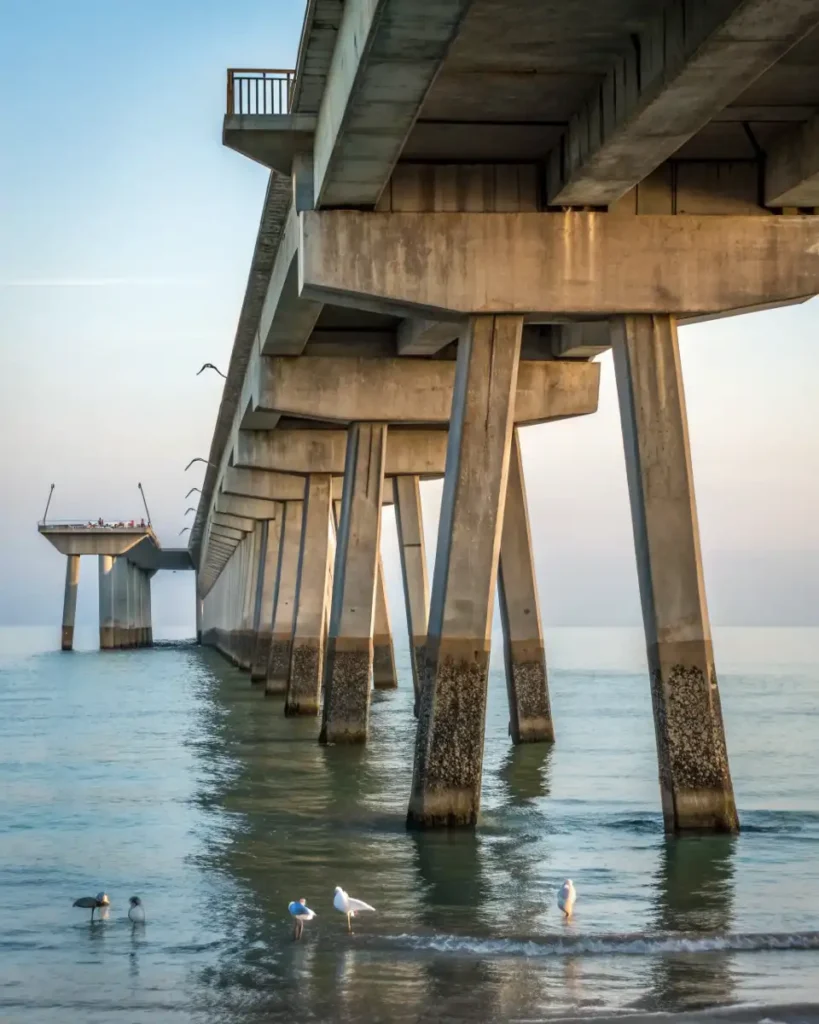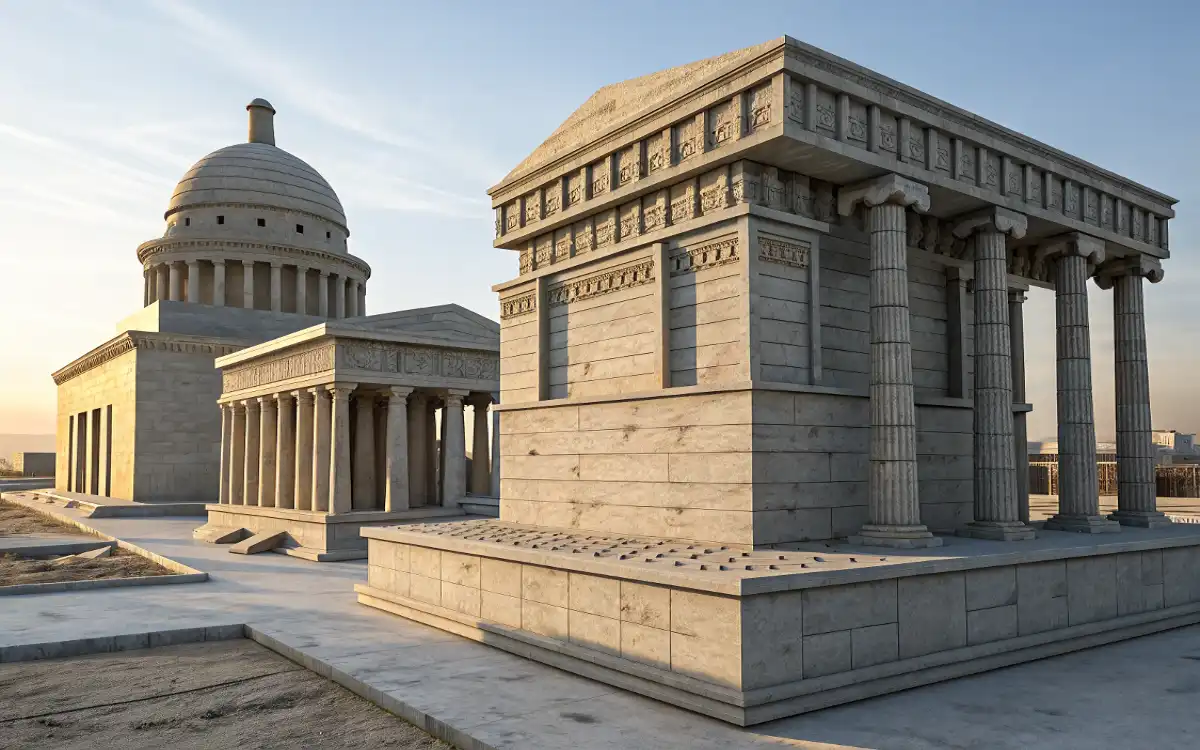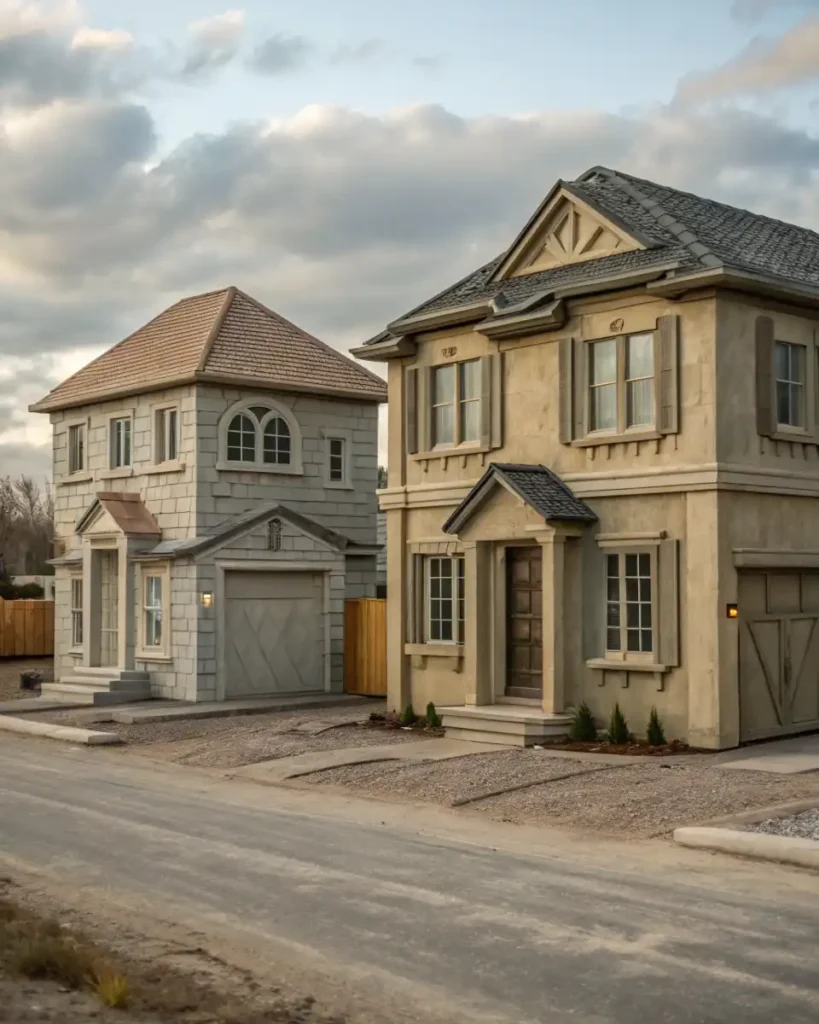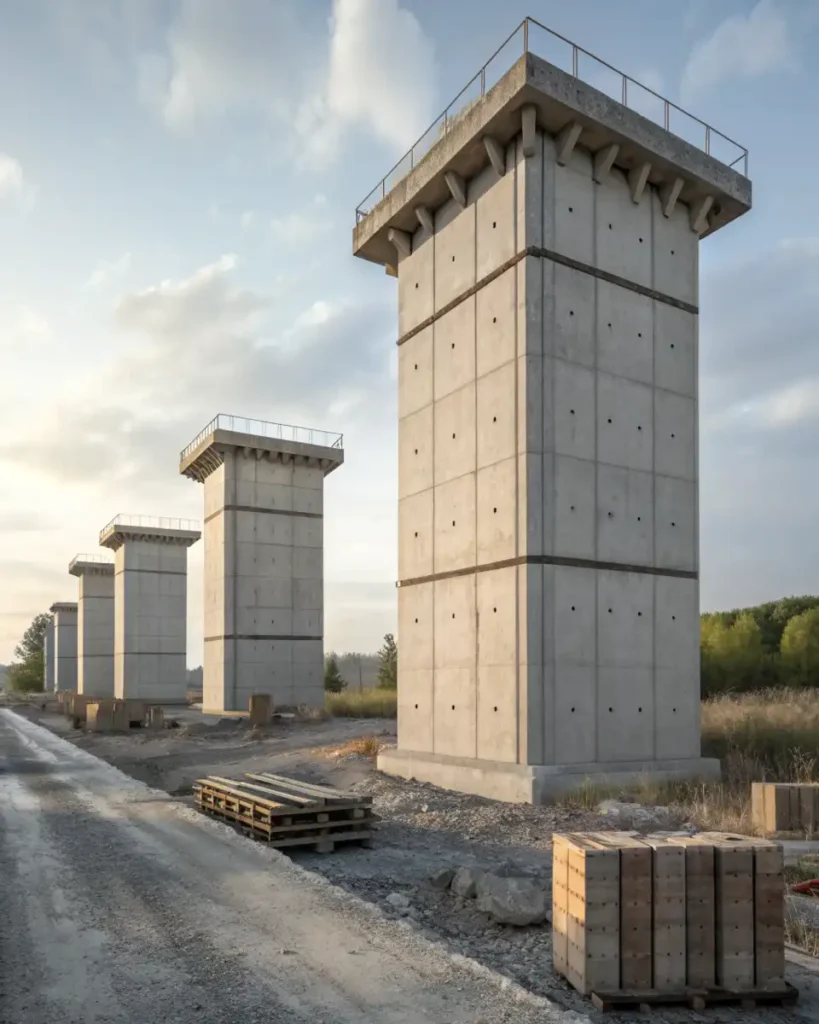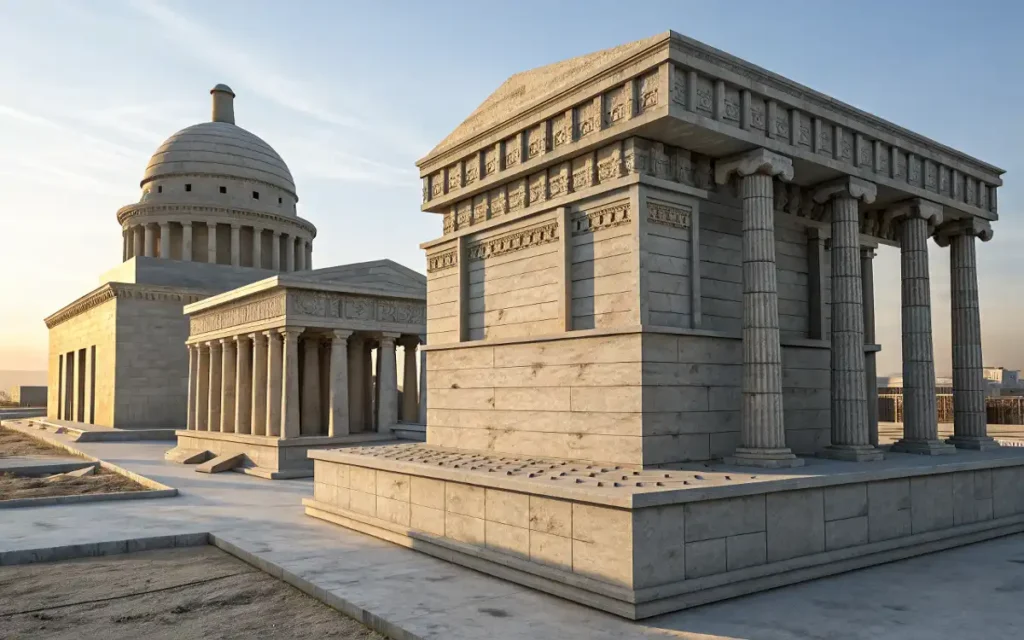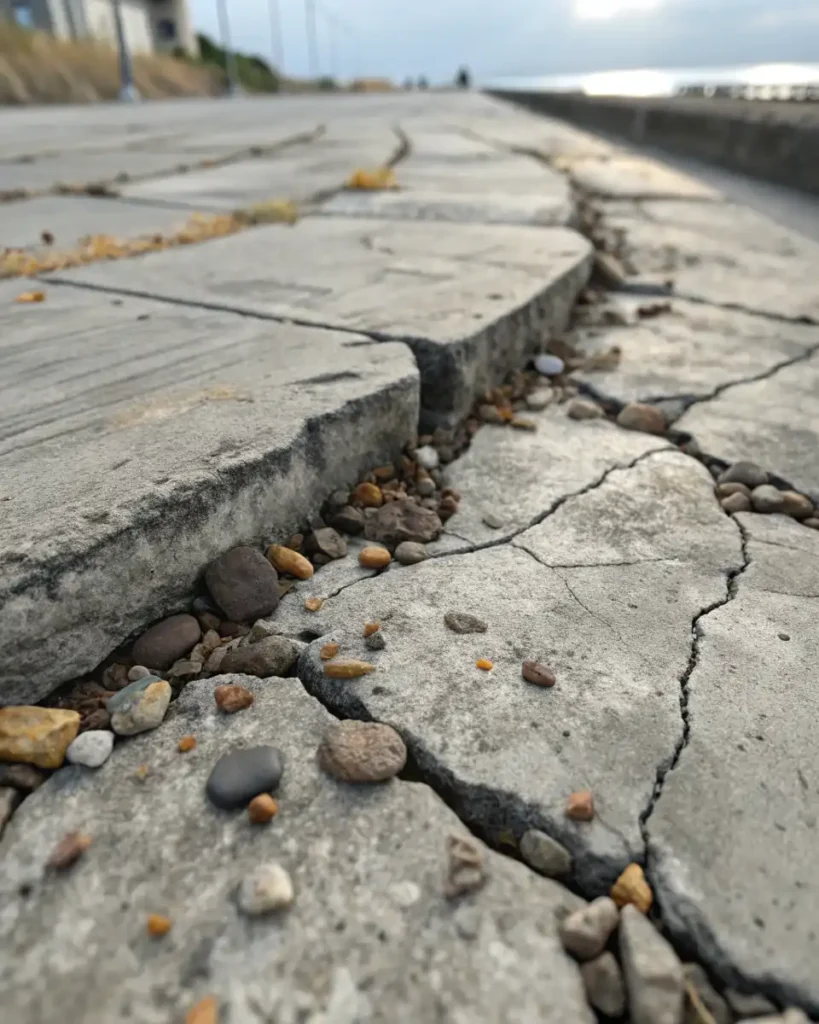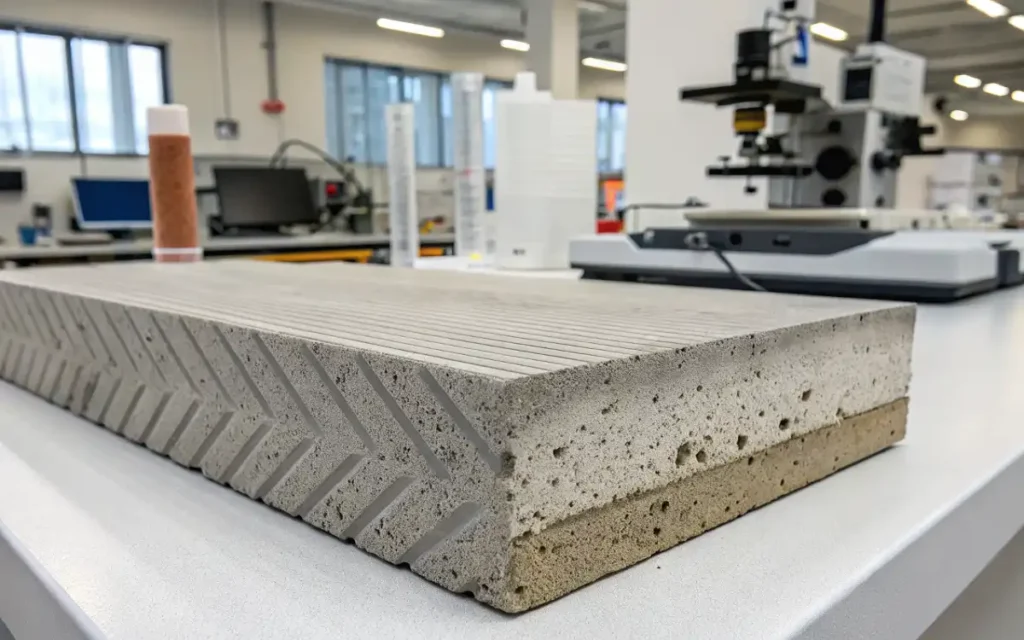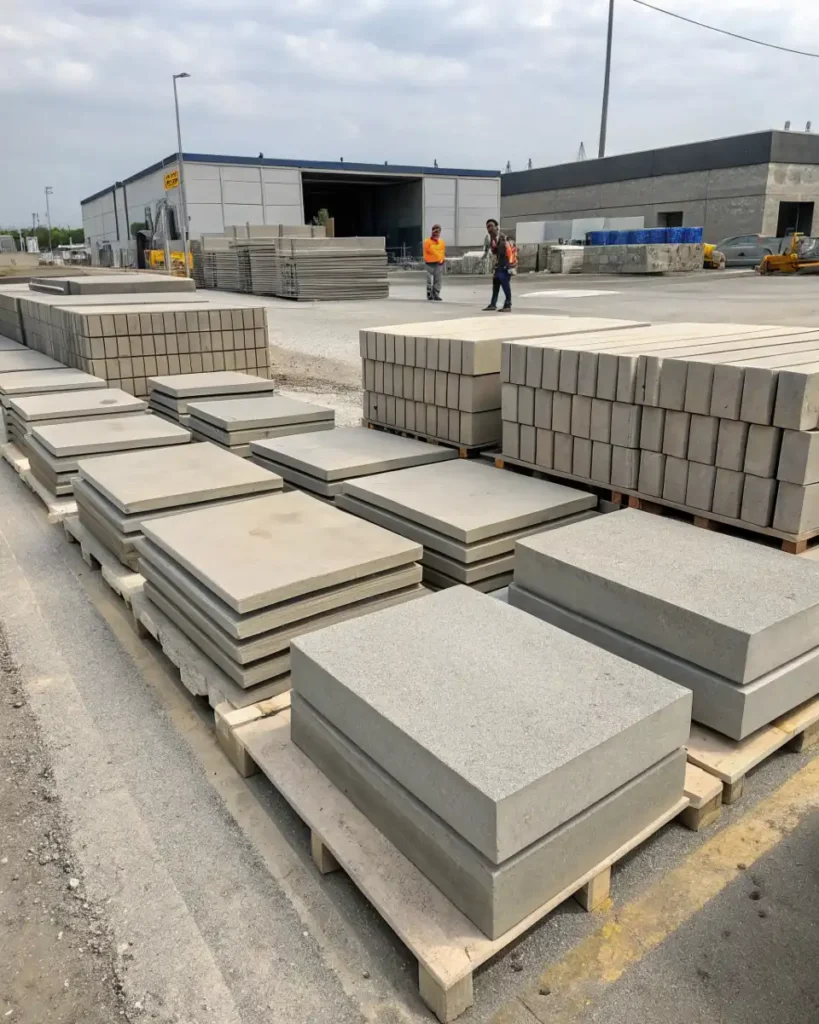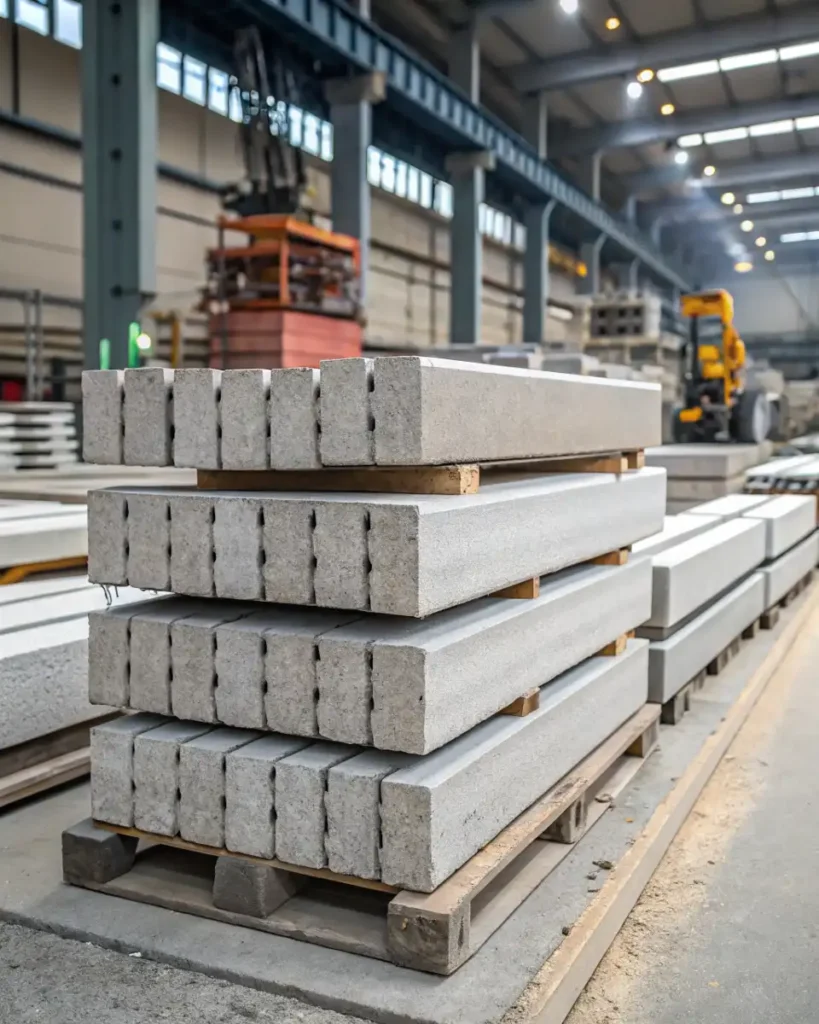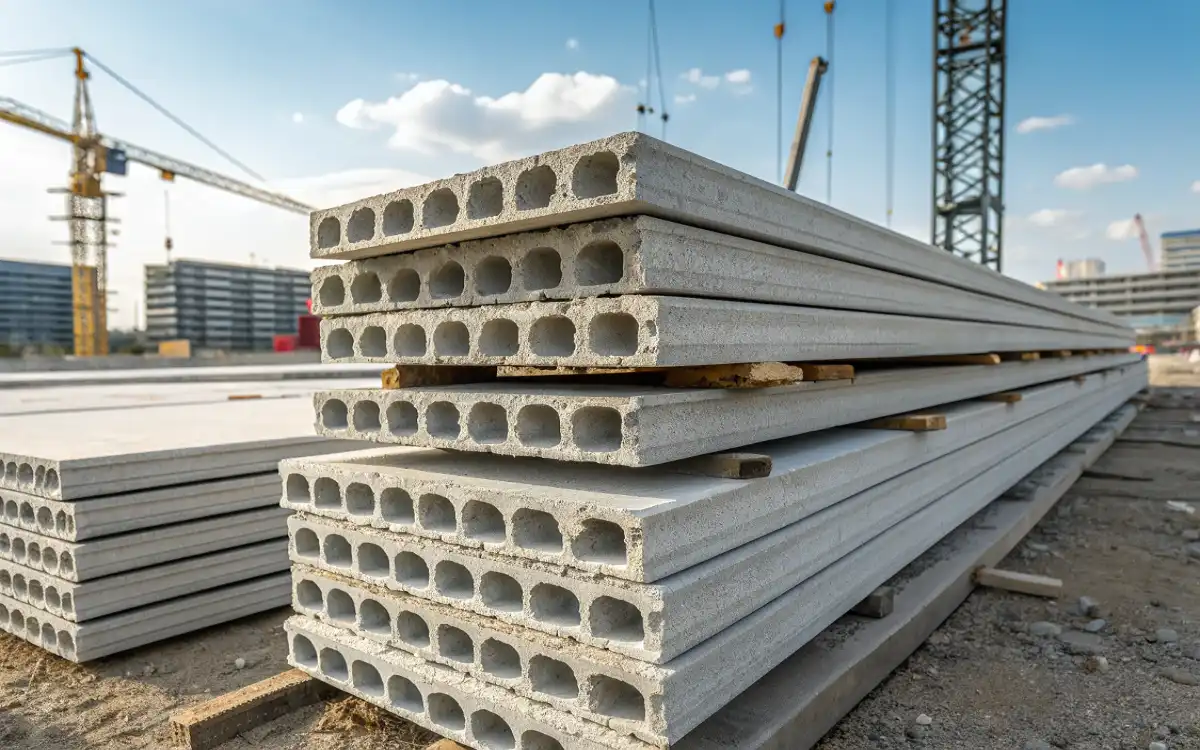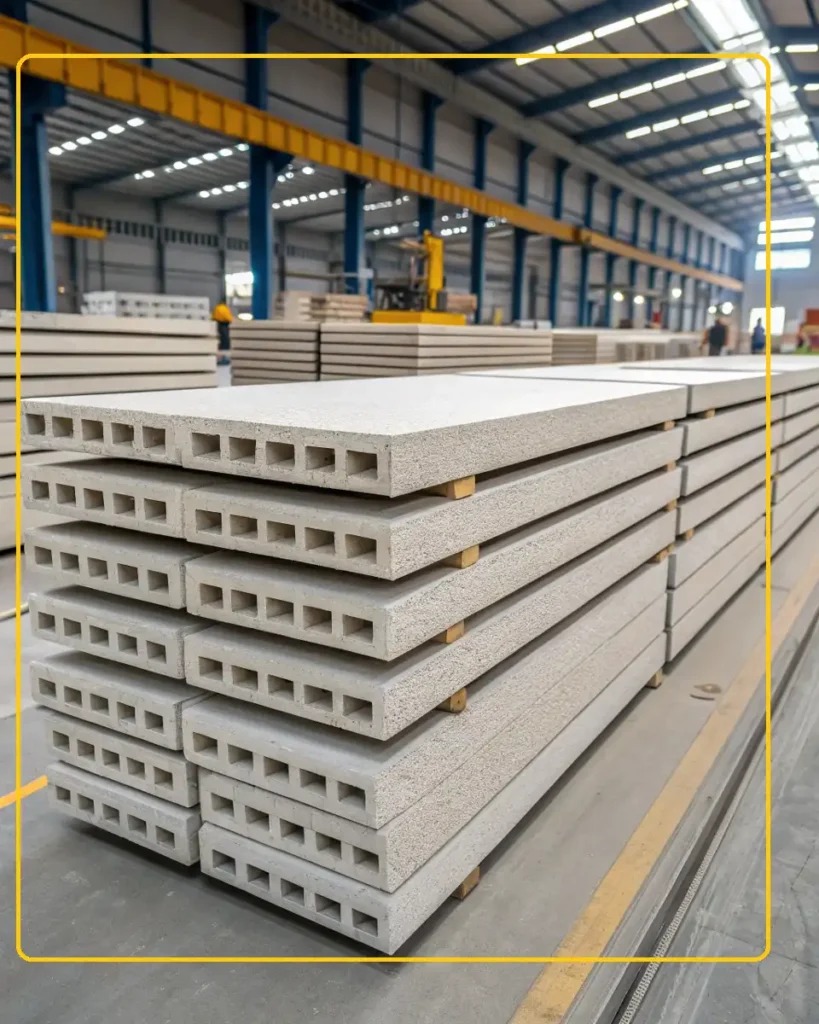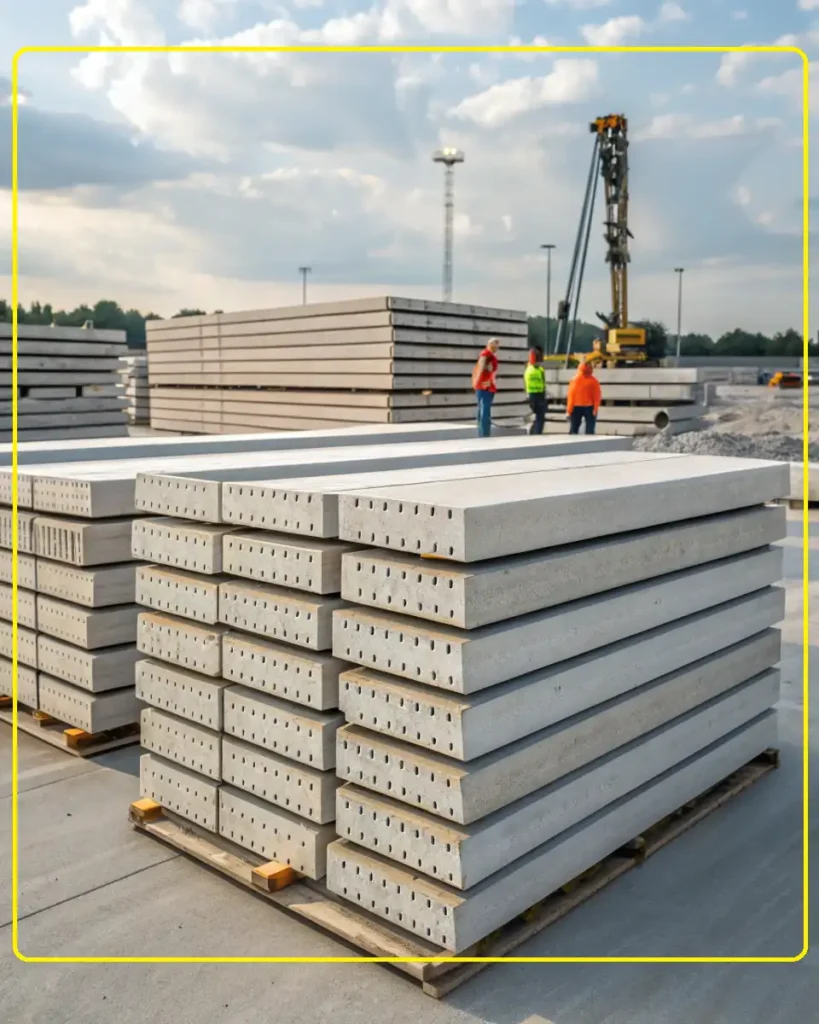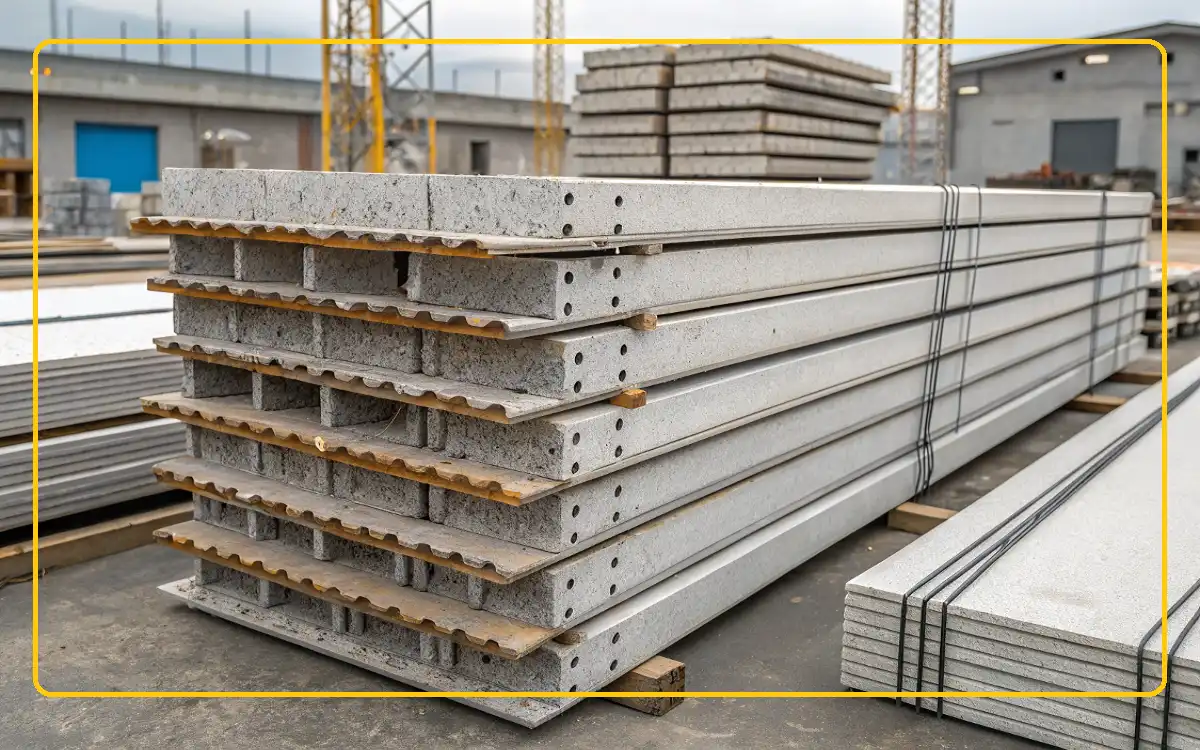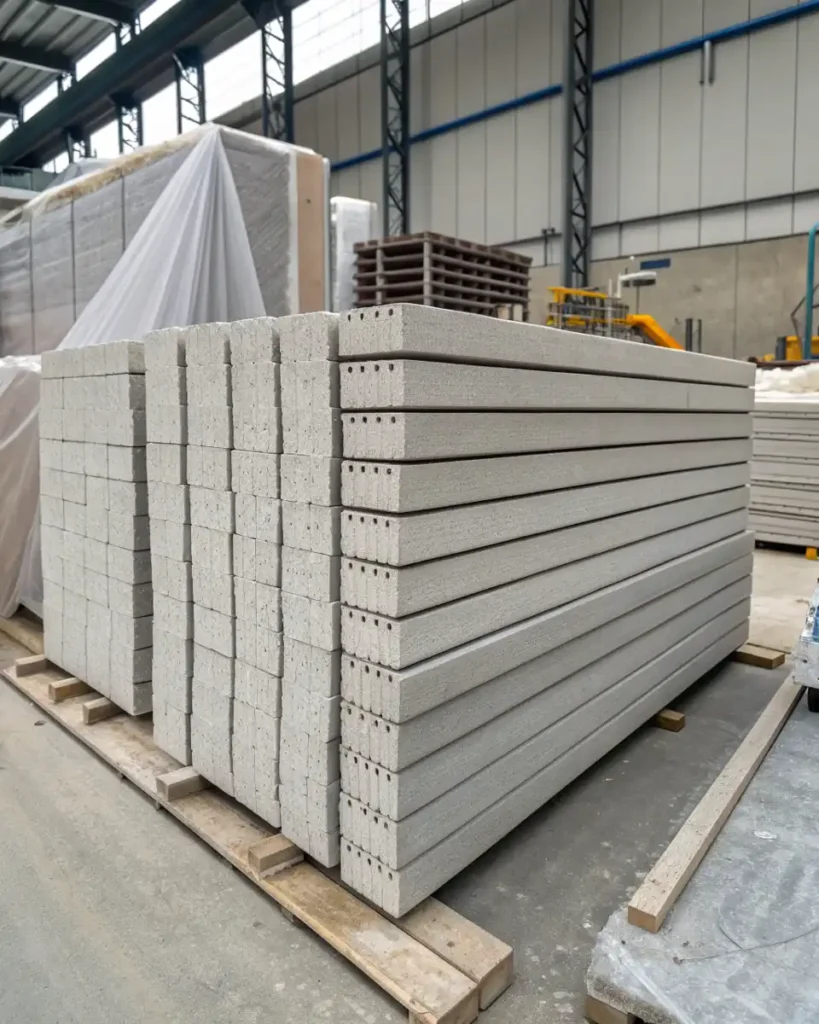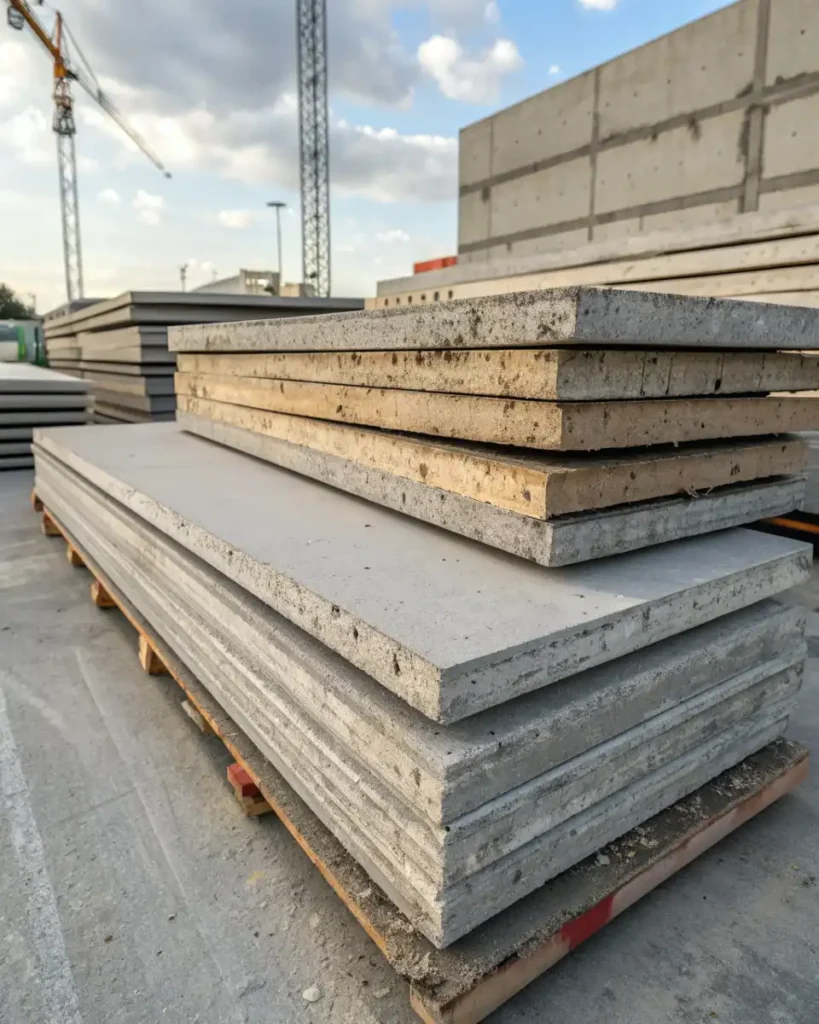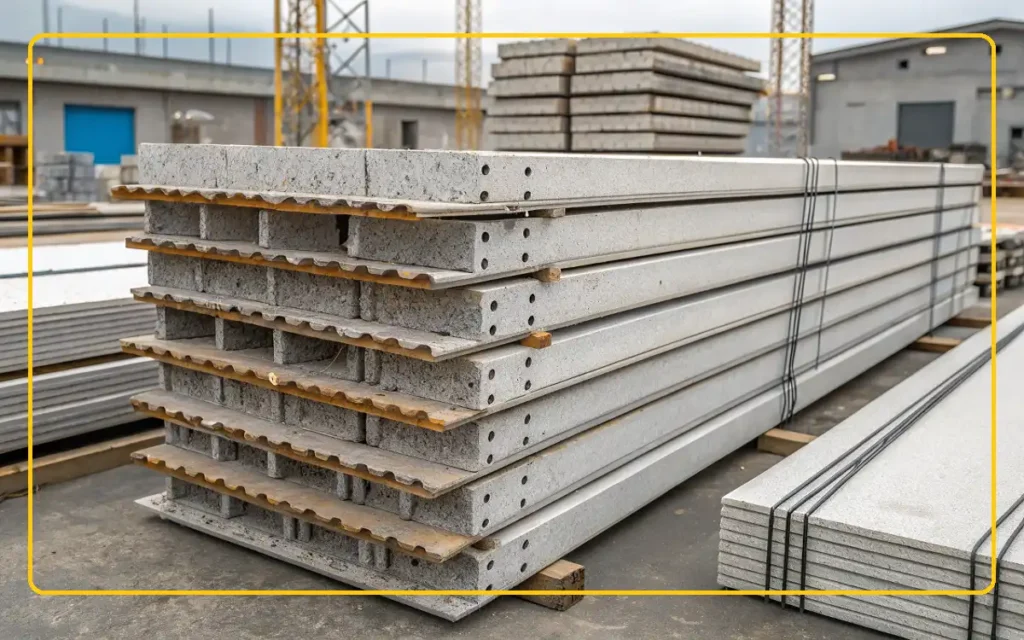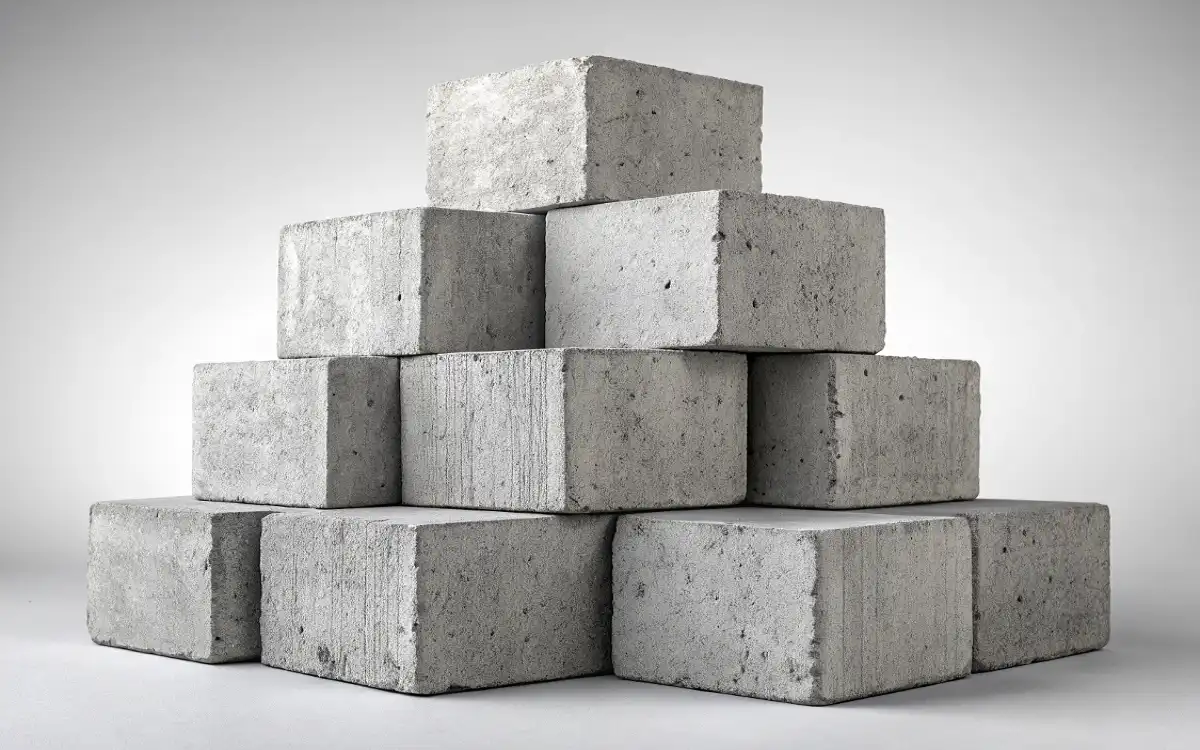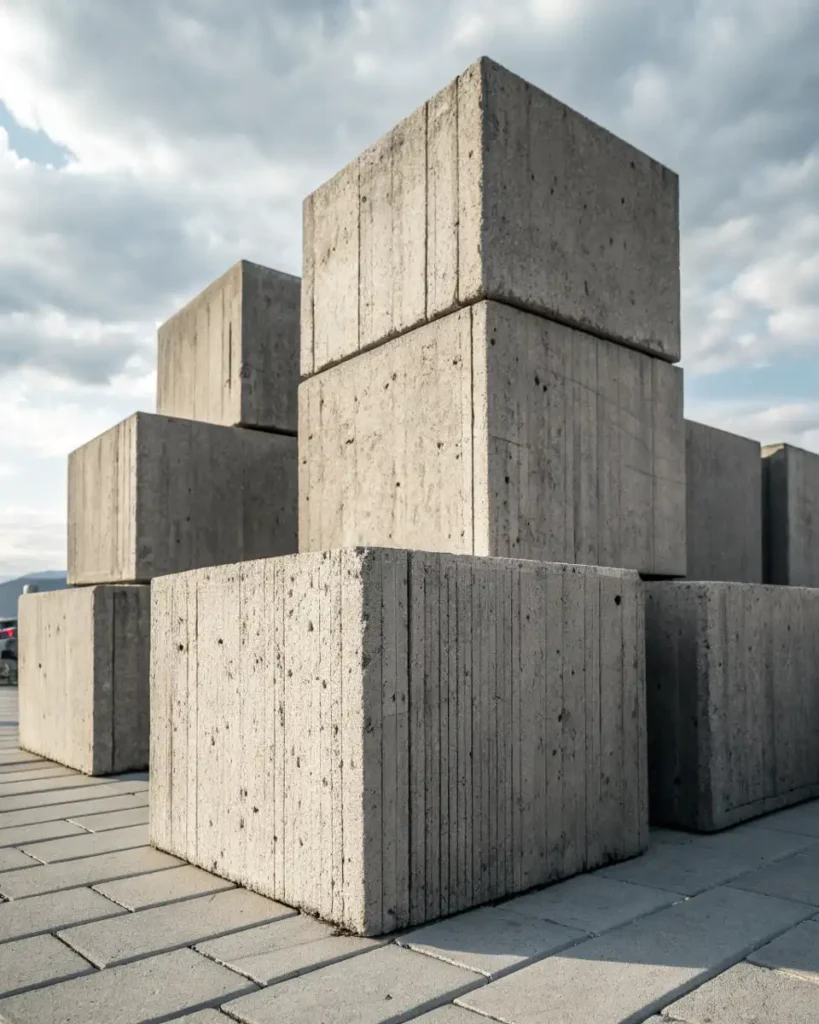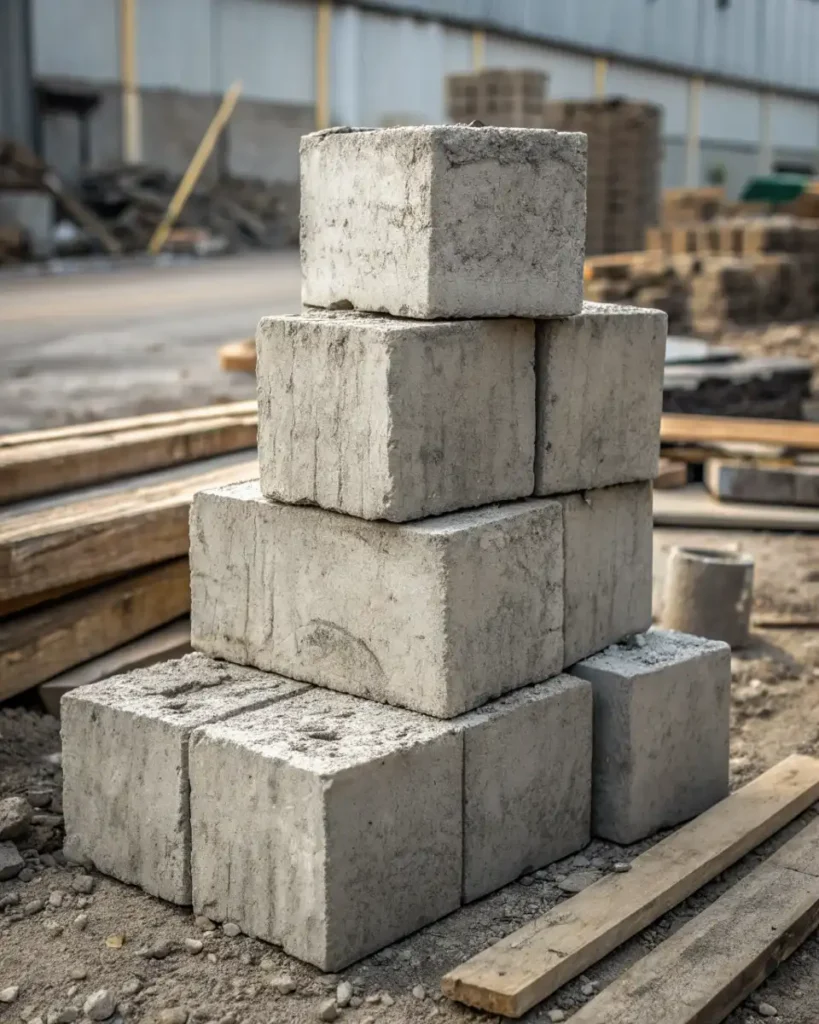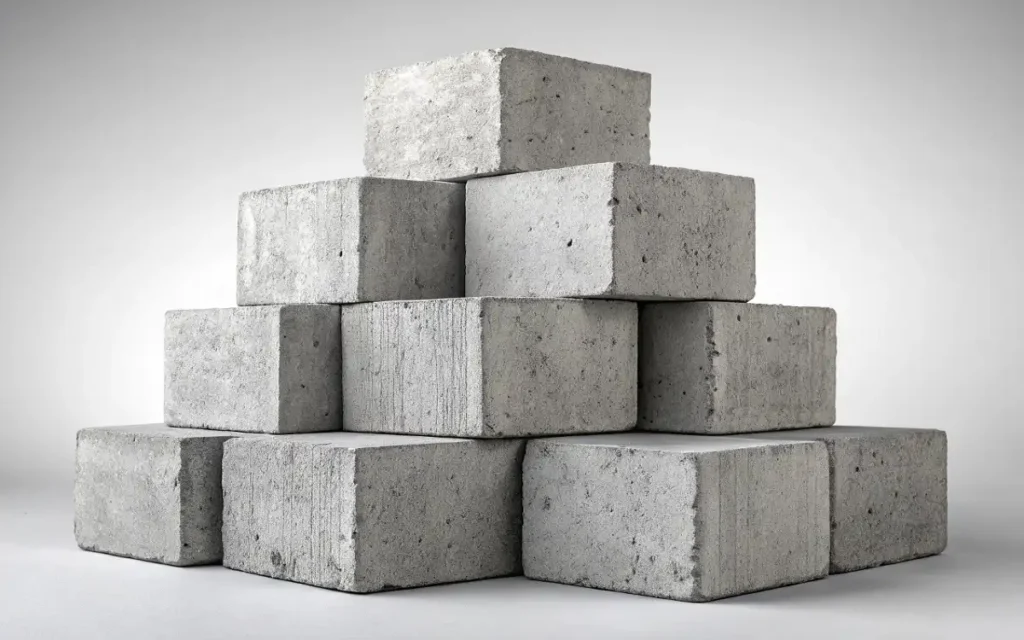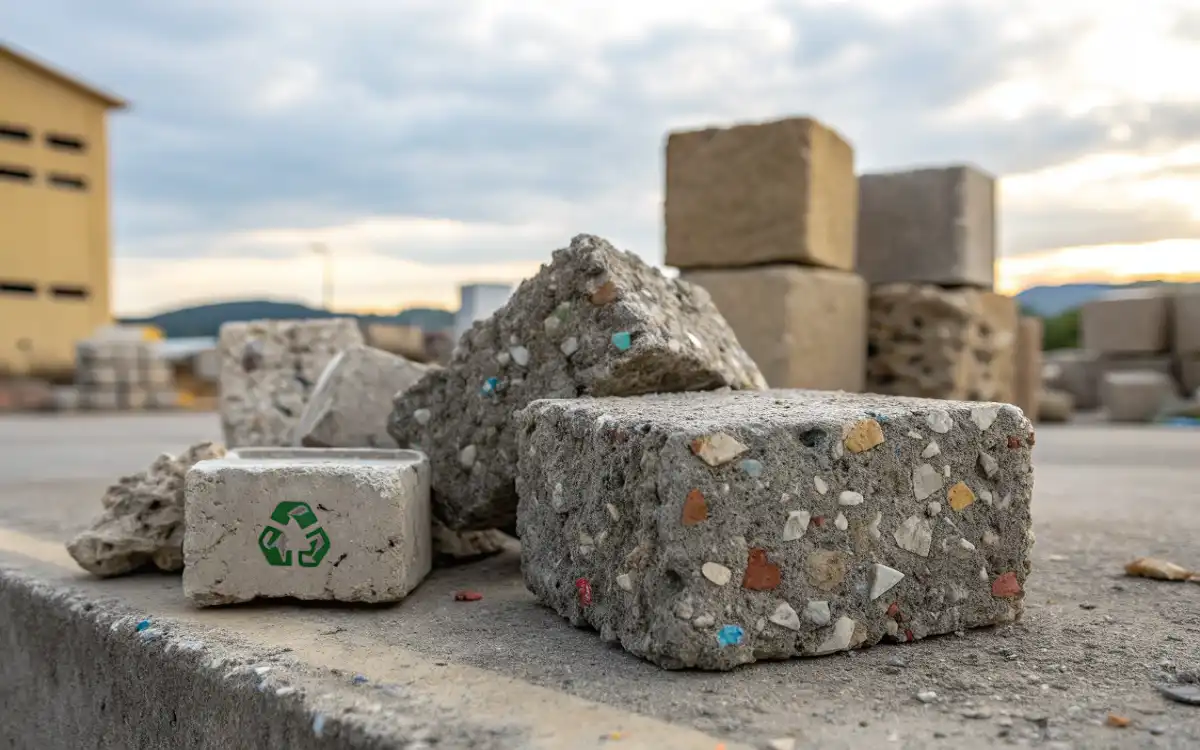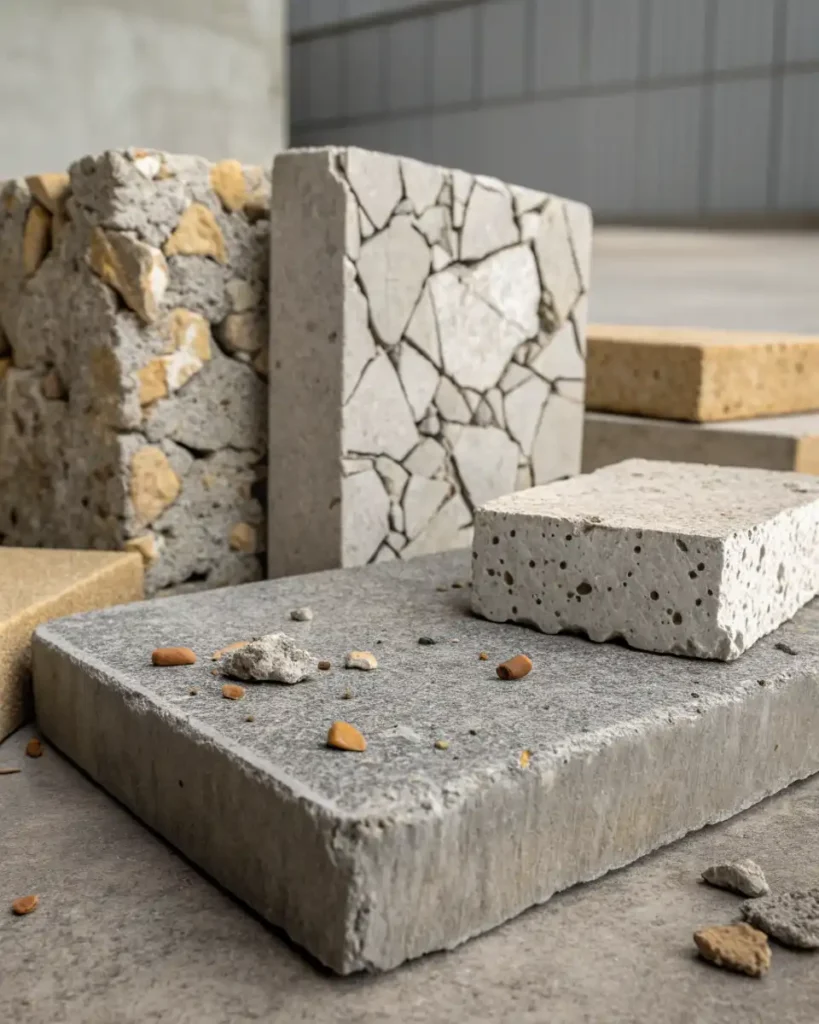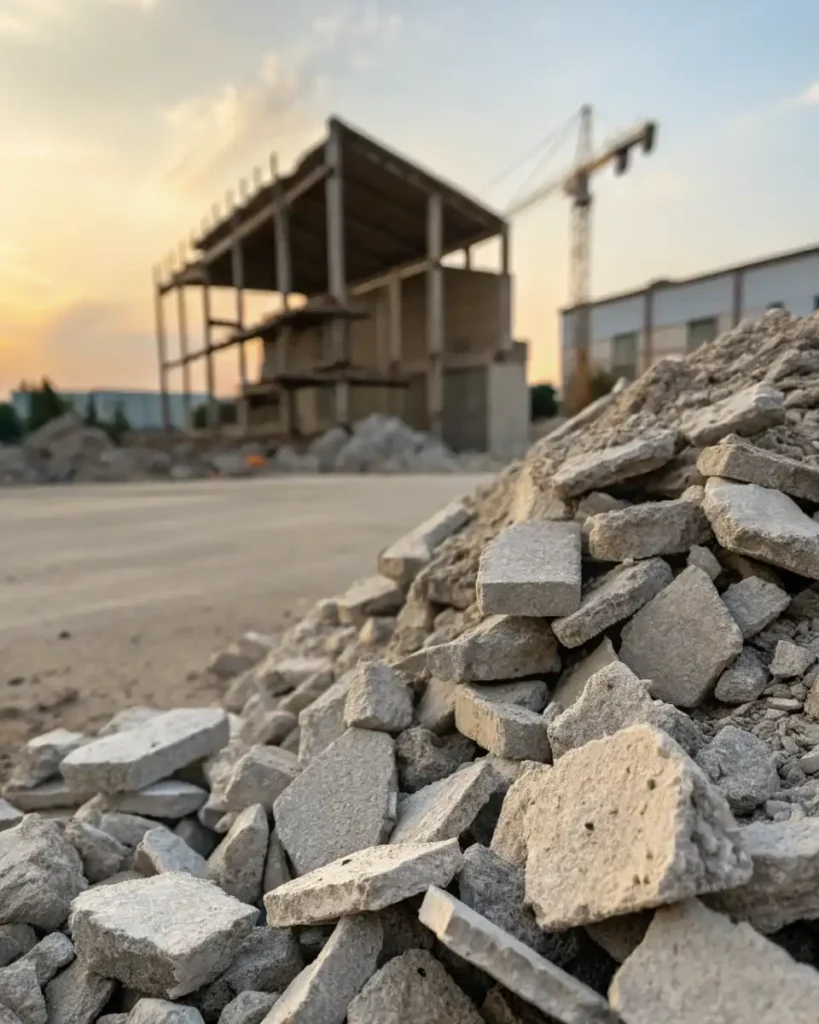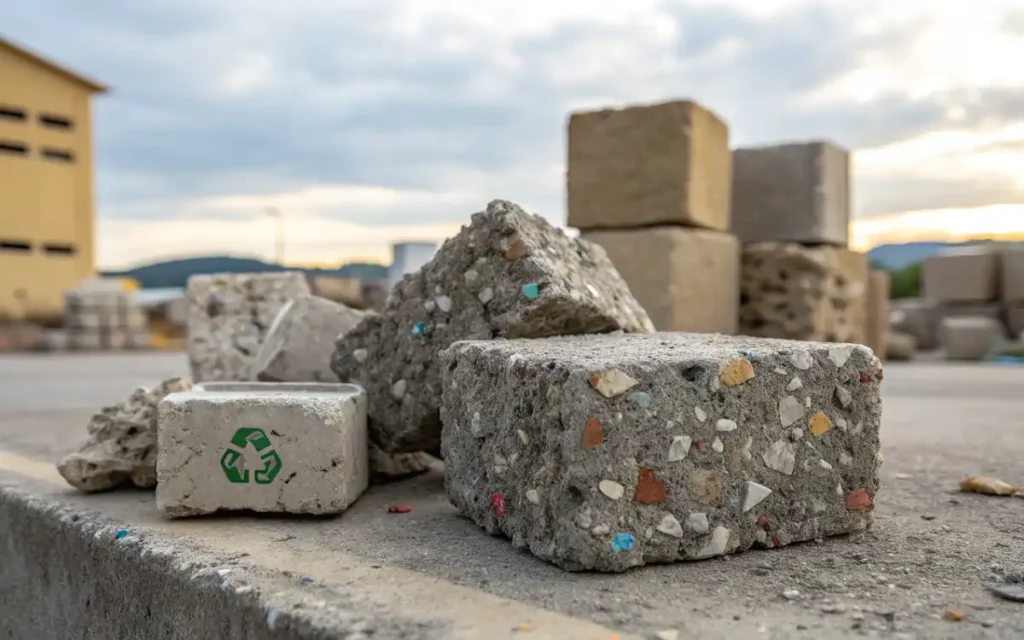The Impact of Concrete Technology
Thanks to new American Concrete technology in America, the pace of construction, the shape of urban environments, and the possibilities of large scale projects have forever changed.
In the construction of precast concrete structures, new developments will allow for the construction of buildings that are faster, stronger, and more eco-efficient. Tasks that used to take months to complete will soon take only weeks. What previously appeared impossible is now done within the regular schedule for construction.
As a result, modern builders can avoid construction delays, waste, and unnecessary costs. In addition, they are proud of the speed of construction and are willing to take on more ambitious projects. The construction of precast concrete structures is transforming America.
The construction of off-site precast structures in sheltered and climate-controlled environments leads to a number of advantages compared to time and materials waste on-site construction.
In the construction of modern buildings, American Concrete walls are used as building blocks that can be replaced with highway junctions, which allows the linear foot costs to optimize costly highway projects.
The adoption of precast technology is improving the entire construction sector. The modern concrete industry in America has minimized time and materials waste in on-site construction. This article will describe the five main transformations.
1. Smart Precast American Concrete: Technology Meets Durability
The construction industry in the United States has highly innovative technology. The increased adaptability and intelligence of construction materials has changed the precast concrete industry.
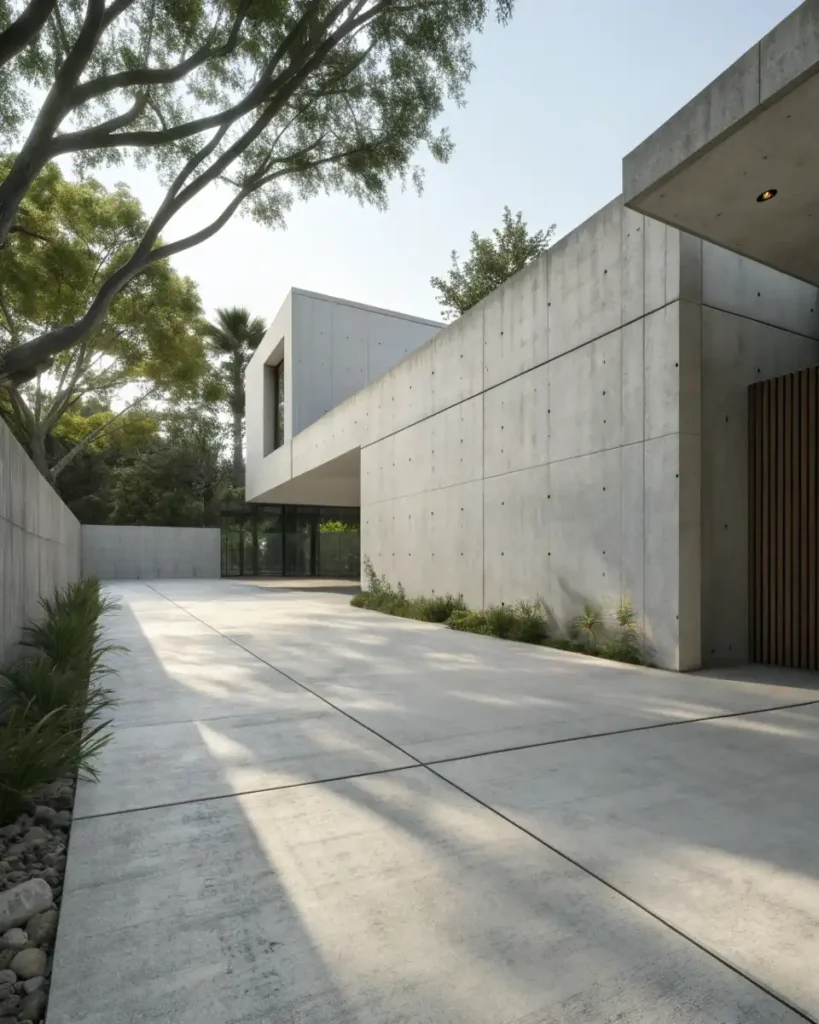
There has been a massive shift in the way concrete is constructed. There is new technology to manage new-age concrete and precast structures.
By adding Internet of Things (IoT) devices and sensors to concrete panels and beams, professionals actively track and note real-time temperature changes, moisture levels, and structural health.
That technology enables facility managers to assess possible risks and troubleshoot issues before they escalate into costly repairs, thereby increasing safety and longevity for every structure.
These enhancements allow maintenance to be active rather than passive. There will be no more waiting for a facility to break or concrete to crumble. Maintenance crews will receive proactive alerts.
Most importantly, facility maintenance will save time and money, minimize downtime for necessary repairs, and increase the usable life of precast concrete elements. Thanks to American concrete, the fundamental supports of new buildings and bridges have enhanced their efficiency, and intelligence, as well as the strength.
2. 3D Printing and Automation: The Future is Now
American concrete and the entire industry have taken a big step forward through the introduction of 3D printing and automated manufacturing systems for precast concrete components.
Rather than depending on traditional moulds and resource-intensive processes, new American factories activated advanced manufacturing systems to incorporate automation and 3D printing to make new shapes and personalized solutions.
3D printing offers more than just the ability to make designs. With 3D printing, a multitude of highly complex concrete forms can be manufactured precisely and flexibly and delivered complex forms that would be extremely difficult or virtually impossible to produce manually.
Using automation saves money, lowers production costs, and shortens construction timelines. Automation also reduces material waste and enhances the quality and modularity of contemporary architectural features to satisfy consumer needs.
Technology not only saves time on construction, but also enables architects to create specialized precast components. These components can have abstract forms, varying surface treatments, and even colored finishes.
As a result, the strength and utility of precast wall panels and architectural separated structures can provide decorative features.
3. Environmental Sustainability: Building a Greener America
The final goal of precast structures is to impact the environment positively. As sustainable construction practices have become increasingly popular, the concrete precast industry has adopted practices to reverse the environmental impacts that construction has on the planet.
Some of the new sustainability practices that the precast industry adopted for their concrete incorporate increasing the use of low-carbon concrete by using recycled fly ash and other industrial by-products, and using energy efficient modern concrete precast plants and water recycling and waste recycling.
New concrete precast plants manufacture concrete components that provide efficient durability preserved concrete walls and beams that minimize replacements.
Thanks to these improvements, using prefabricated pieces in construction is saving resources and emitting less greenhouse gases compared to concrete poured on-site.
The focus keyword “american concrete” in today’s market refers to strength, reliability, and environmental consciousness.
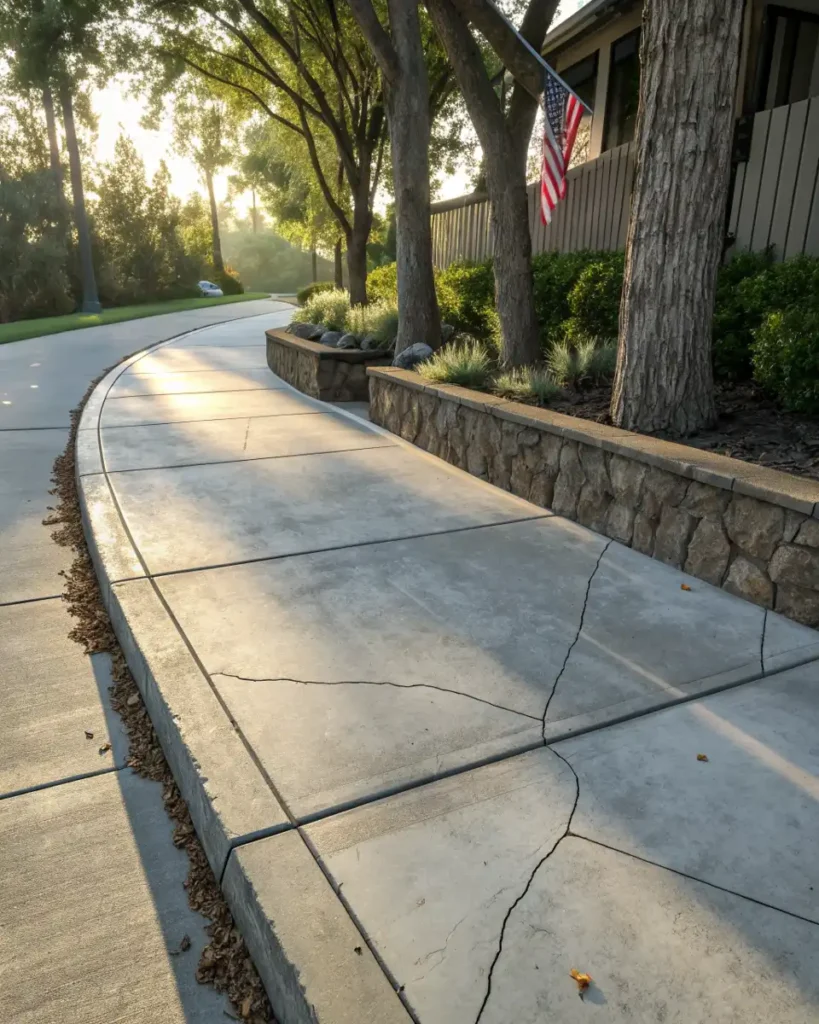
4. Speed and Flexibility: Delivering on Tight Deadlines
Unmatched speed is probably the greatest benefit of precast construction for builders and government agencies.
Since concrete pieces are made elsewhere, construction timelines are no longer plagued by weather-related delays, and the timelines are not limited by on-site concrete curing. Twenty-ton precast concrete modules for bridges, commercial spaces, or homes can be delivered and assembled like giant building blocks.
This means moving from blueprint to ribbon-cutting happens much faster. This is a huge benefit in today’s world, which demands new homes, schools, and roads.
Using American concrete precast systems allows contractors to finish projects faster, which lowers construction costs and increases the ROI.
The modular flexibility comes with more advantages. From simple barriers to complex loadbearing walls to customizable building walls, precast elements can be molded to any size and any application.
This further individualized urban designs and strategies to better site allocation, and decreased waste and its associated unpredictability compared to traditional building techniques.
5. Improved Quality Control and Safety
Precast products undergo several stages of construction. Each construction step undertaken is either monitored or controlled. These processes and methods guarantee that American concrete products are of high quality and pass the tests of consistency, robustness, and long-lastingness.
Automated processes and construction methods that manage temperature and humidity during concrete curing and robotic concrete pouring eliminate the defects that onsite constructions suffering.
For the workers, precast decreased several risk elements associated with traditional concrete pouring and curing methods. Work that was once considered risky has now been completed in controlled environments. This decreased the number of work-related injuries and galvanizes clients.
Buildings and infrastructure using American concrete precast methods take less time, and cost, and are less frustrating because they require less repair and have longer service lives with predictable performance.
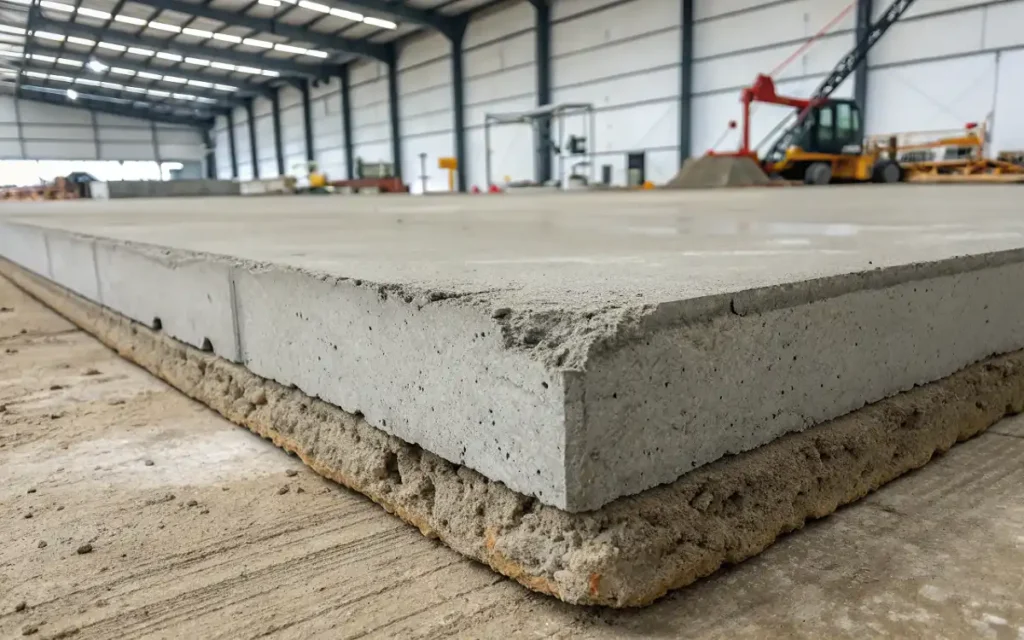
Difference Between Traditional Concrete and American Precast Structures
| Feature | Traditional Concrete | American Precast Structures |
| Installation Time | Weeks to months | Days to weeks |
| Quality Control | Subject to weather/field conditions | Controlled factory environments |
| Design Flexibility | Limited by forms and site constraints | Highly customizable (3D printing, forms) |
| Material Waste | Higher due to on-site errors | Minimal, efficient use of resources |
| Maintenance/Repair | Higher, frequent inspections needed | Lower, predictive monitoring possible |
| Environmental Impact | Higher emissions, more waste | Low-carbon options, recycled content |
| Safety of Workers | More hazardous field work | Safer, off-site fabrication |
| Cost per Linear Foot | Variable, can increase with delays | More consistent, typically lower |
| Speed of Delivery | Risk of delays, weather-dependent | On schedule, weather-independent |
The table below concisely summarizes the main differences and benefits.
Final Thoughts
The American concrete industry is trying to build more efficiently and has embraced the precast movement to embrace technologically advanced, cleaner, and safer means to build. Building with precast concrete is more advanced and safe in 2025 as the industry embraces newer techniques and practices.
For Repair and Services
1924 W Edward Ln, Milwaukee, WI 53209, United States
Phone: +14142855933
Email: [email protected]
